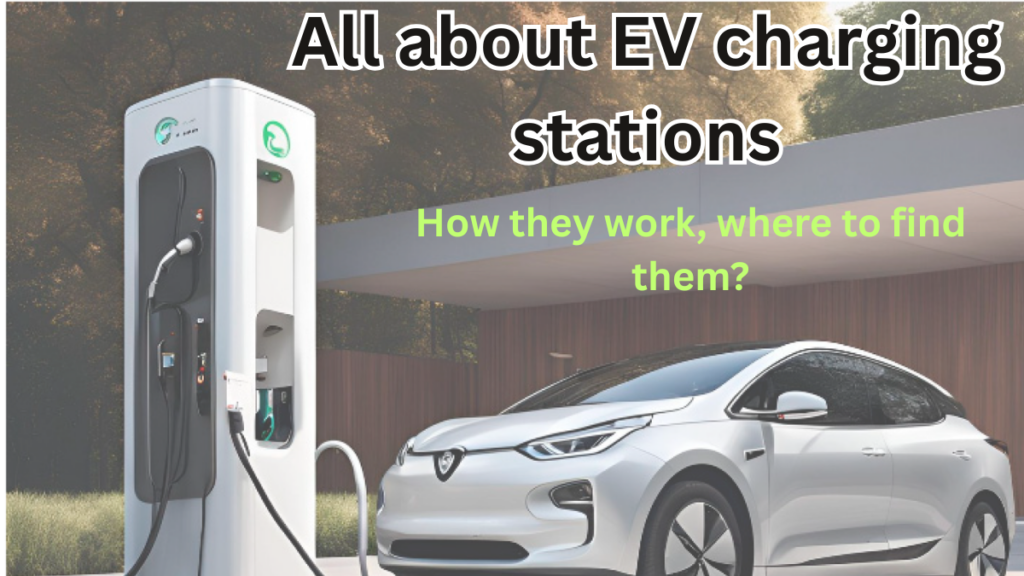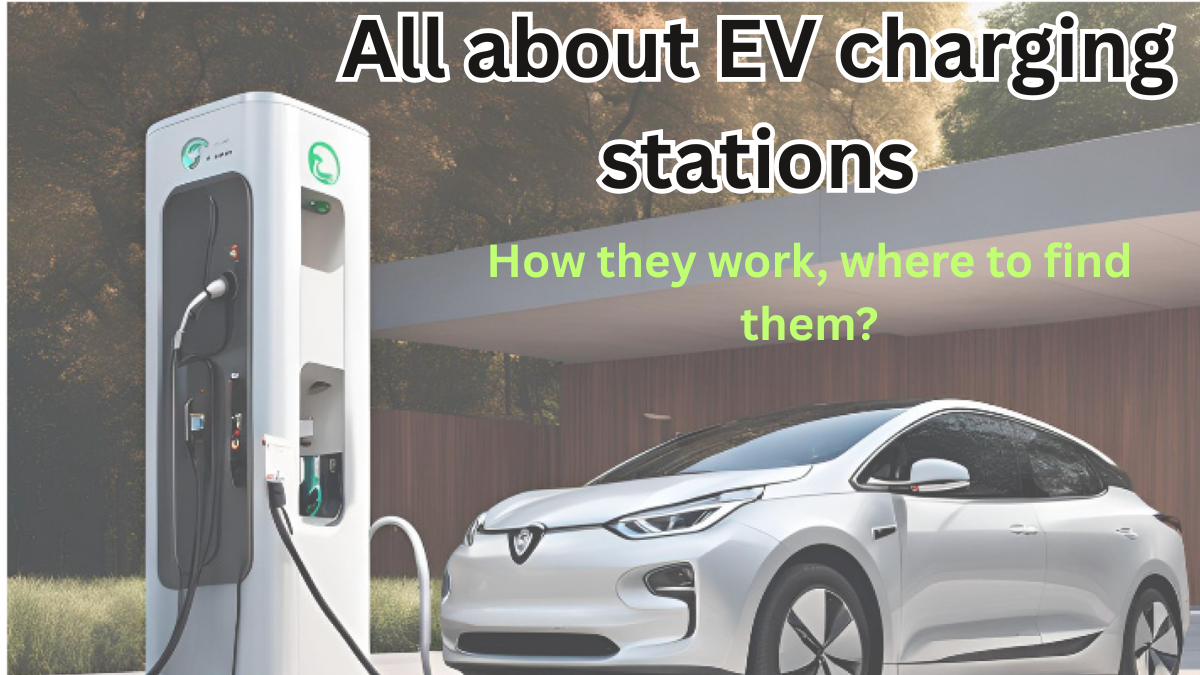With the global shift toward more sustainable transportation, electric vehicles (EVs) are becoming a common sight on roads everywhere. As EV ownership continues to rise, understanding how to charge these vehicles becomes essential for drivers. In this EV Charging Guide 2025, we’ll walk you through everything you need to know about electric vehicle charging, including the types of chargers, how to find EV stations, and important tips to ensure you’re always powered up and ready to go.

The Basics of Electric Vehicle Charging
When it comes to charging an electric vehicle, there are a few key points every driver needs to know. Unlike traditional gasoline-powered cars, EVs rely on electricity stored in batteries, which need to be recharged at regular intervals. Here’s a quick breakdown of what you need to know:
-
Charging Levels: EVs have different charging levels based on the type of charger and the speed at which they can deliver power. The three main levels of EV charging are:
-
Level 1 Charging: Standard home outlets (120V), providing a slow charge. Ideal for overnight charging.
-
Level 2 Charging: Requires a 240V outlet, delivering a faster charge. Common in home garages and public EV stations.
-
DC Fast Charging (Level 3): The quickest method, typically found in commercial charging stations. Can charge an EV to 80% in under 30 minutes.
-
How to Find EV Charging Stations
To ensure you’re never left stranded, it’s important to know where to find charging stations. Thanks to modern technology, locating an EV station is easier than ever.
-
EV Station Map: Use tools like an EV station map to locate charging points in your area and along your travel route. Apps such as PlugShare, ChargePoint, and Tesla’s Supercharger network provide real-time data on available stations.
-
Charging Network Providers: Several companies run large networks of charging stations, including:
-
Tesla Superchargers (for Tesla vehicles)
-
ChargePoint
-
Blink
-
EVgo
-
-
Smartphone Apps: Most charging network providers have apps that allow you to track station availability, pricing, and even reserve a spot in advance.
Important Factors to Consider When Charging
When you plan to charge your EV, consider the following:
-
Location: Is the station conveniently located? Are there nearby amenities like food, restrooms, or Wi-Fi while you wait for your car to charge?
-
Charging Speed: Depending on how much time you have, you might need to choose a station with a higher charging speed.
-
Cost: Charging can vary in price, so check beforehand to avoid surprises. Some stations offer free charging, while others charge per minute or per kilowatt-hour (kWh).
-
Payment Methods: Most EV stations accept credit cards, mobile payments, and memberships with specific providers.
EV Charging Guide 2025: What’s New in the Charging World?
The future of electric vehicle charging looks promising, with new technologies and initiatives aimed at making charging even more convenient. Here are a few trends to watch for in 2025:
-
Wireless EV Charging: Soon, drivers may be able to charge their vehicles wirelessly using inductive charging pads installed in parking spaces.
-
Faster Charging: Expect faster and more efficient charging stations to be rolled out in high-traffic areas, reducing your wait time even further.
-
Expanded Charging Infrastructure: As EV adoption grows, we’ll see more charging stations pop up in urban centers, highways, and even remote areas, making long-distance travel more convenient for EV drivers.
-
Solar-Powered Charging Stations: A more eco-friendly solution, solar-powered charging stations are expected to become a significant part of the EV charging infrastructure, offering renewable energy sources for recharging your vehicle.
Table: Types of EV Chargers and Charging Time
| Charging Type | Voltage | Charging Speed | Best For |
|---|---|---|---|
| Level 1 Charging | 120V | 3-5 miles per hour of charge | Home charging, overnight use |
| Level 2 Charging | 240V | 10-60 miles per hour of charge | Residential, commercial stations |
| DC Fast Charging | 400V+ | 60-100 miles per 30 minutes | Quick charging on long trips |
FAQs
1. How long does it take to fully charge an electric vehicle?
-
The time to fully charge your EV depends on the charger’s level and the battery capacity of the car. Level 1 takes the longest (12-24 hours), while DC Fast Charging can charge your vehicle to 80% in as little as 30 minutes.
2. Can I use any charging station for my electric vehicle?
-
While most EVs can charge at a variety of stations, some vehicles (like Teslas) require specific chargers. Be sure to check compatibility or use an EV station map to locate compatible stations.
3. Are EV charging stations free?
-
Some public charging stations are free, especially in certain locations like shopping centers or workplaces. However, most stations charge based on time or energy consumed.
4. How can I find an EV charging station near me?
-
Use an EV station map or mobile apps like PlugShare, ChargePoint, or your car’s built-in navigation system to locate nearby charging stations in real-time.
With more options available, EV charging is becoming a seamless experience for drivers everywhere. The future of EVs is bright, and with the right knowledge and tools at your disposal, you’ll never worry about running out of charge again!
Click here to learn more
Sachin is a dedicated writer specializing in education, career, and recruitment topics, delivering clear and actionable insights to empower readers.
